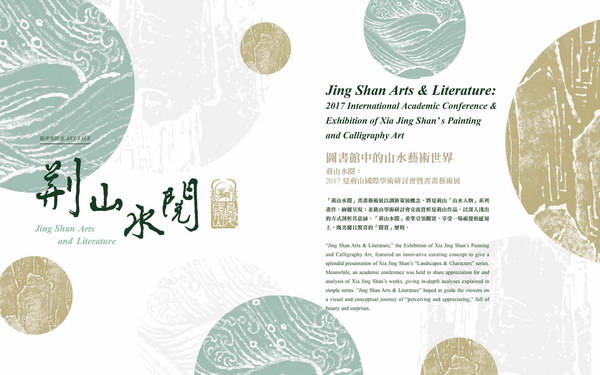
Chapter Pa Yih of Confucian Analects say:”The business of laying on the colors
follows (the preparation of) the plain ground.” This article tackles the conflicts of
interpretations between Zheng Xuan (127-200) and Zhu Xi (1130-1200) on this text.
Propriety and music is the property of Jou dynasty that Confucian had accepted. But
he promotes this traditional culture with a hermeneutics of Ren (humanity).
Ceremonies are secondary and merely ornamental. Ren is the foundation of Propriety
and music. Propriety and music is the formal ornamental and Ren is the spirit content.
So the perfect of personality is the ultimate end of Confucian aesthetics, and the
discussion about .Confucian aesthetics can not omit the problematic of this the
conflicts of interpretations between Zheng Xuan’s and Zhu Xi’s comment on this text
about painting. This article tries to exposits a hermeneutic of Ren and therefore to
give a solution of this conflicts of interpretations. Because the personality of Ren is
essence of Confucian aesthetics and propriety and music is the necessary expression
(functin) of the personality. The paradigm of root and branch about Ren and rite
should be promoted into a hermeneutical horizon of the new paradigm of substance
and function about Ren. The conclusion of this article is Confucian Humanist
Religion and its Aesthetic is the solution of this conflicts of Zheng Xuan’s and Zhu
Xi’s interpretations about the theory of painting of Confucian Analects .
